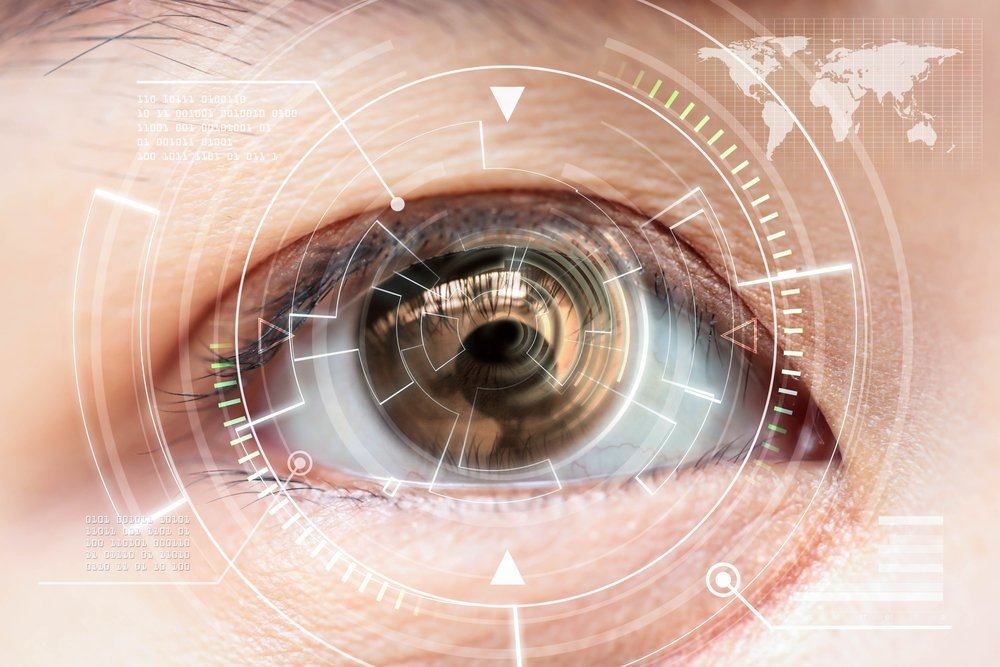Contents:
- Medical Video: Cataract Surgery (2009)
- LASIK risk
- What is cataract?
- Does LASIK cause cataracts?
- How to avoid complications due to LASIK?
Medical Video: Cataract Surgery (2009)
Laser In-Situ Keratomileusis or commonly known as LASIK, is a type of eye surgery that is often used to correct eye disorders such as farsightedness, farsightedness, astigmatism, and presbyopia. The purpose of LASIK is usually to reduce your dependence on visual aids such as glasses or contact lenses. Surgery that aims to improve the function of vision works by reshaping the cornea, the part that is at the front of the eye and looks clear, so that light passing through the cornea can focus on the retina located at the back of the eye.
LASIK risk
Although it is relatively safe and the chances of success are very large, any type of operation including LASIK has its own risks. Some complications that may occur in LASIK surgery are:
- Technically, LASIK is actually a complex action. Problems can occur when the cornea is reconstructed, so it is highly recommended that you look for a specialist who is familiar with LASIK.
- LASIK can cause you to lose your best eyesight. What is meant by the best vision here is your maximum vision when using glasses or contact lenses.
- A condition called post LASIK ectasia is one of the complications that can occur after LASIK surgery. Inside the eye, there is a pressure called intraocular pressure or IOP. In a normal cornea, this pressure will not affect the shape of the cornea. But in those who undergo LASIK, the cornea becomes thinner and weaker so it cannot resist the pressure. Over time the cornea will change shape, usually a bulge can be seen on the front of the eye. This change in the shape of the corna is associated with an increased possibility of suffering from nearsightedness and astigmatism.
What is cataract?
In contrast to the decrease in visual function that can be cured with LASIK, cataracts are eye disorders that usually appear with increasing age. Cataract is a condition in which the eyepiece is covered by a cloudy colored layer so that it can cause impaired vision. Cataracts can appear in one eye or both eyes.
Unlike LASIK which is related to the cornea, cataracts are related to the lens. The lens is a part of the eye that serves to focus light or images on the retina. In the normal eye, light will pass through a lens that is transparent and received by the retina. Light that reaches the retina will then be converted into a signal to be sent to the brain. For light to reach the retina, the lens must be transparent. This explains why cataract sufferers experience impaired vision.
There are several types of cataracts, namely:
- Secondary cataracts: cataracts that occur after surgery due to other eye health problems, such as glaucoma. Diseases such as diabetes are also usually associated with cataracts. The use of steroids can also cause cataracts later on.
- Congenital cataracts: some babies are born with cataracts or have cataracts during childhood. This type of cataract usually occurs in both eyes, so small that it does not interfere with vision.
Does LASIK cause cataracts?
Some studies reveal that those who undergo LASIK have a risk of developing cataracts at a younger age. A study examined the associated LASIK history in those who underwent cataract surgery in 18 Australian and European countries. This study found that the average age of patients who had undergone LASIK and then underwent cataract surgery was 62.9 years. While the average age of patients undergoing cataract surgery without ever receiving LASIK is 74 years. The ability to see before cataract surgery is carried out in all the subjects of this study is more or less the same. But those who had undergone LASIK tended to be younger and later had poorer visual abilities after cataract surgery compared to those who had never undergone a previous LASIK procedure.
The development of cataracts in those who have undergone LASIK is faster than the development of cataracts caused by age. There is no exact explanation for why cataracts develop faster in those who have received LASIK procedures.
How to avoid complications due to LASIK?
Complications caused by LASIK procedures can actually be avoided. Ensuring that you are indeed suitable to undergo LASIK is one of them. Make sure the doctor who will carry out the LASIK procedure knows very well the condition of your eyes. The doctor will check the corneal thickness, pupil size, and what type of medication you usually use. Some conditions that determine whether you can undergo LASIK or not are:
- The condition and thickness of the cornea.
- Pupils that are too big.
- Unstable vision.
- The eyes are too dry or dry eye syndrome.
- Age.
- Pregnancy.
- Disease suffered, for example whether there are degenerative diseases or autoimmune diseases.
READ ALSO:
- Detect and Overcome Conjunctivitis Allergies (Eye Allergies)
- 3 Types of Nutrition that Maintain Your Eye Health
- 7 Causes of Dry Eyes, and How to Overcome It












